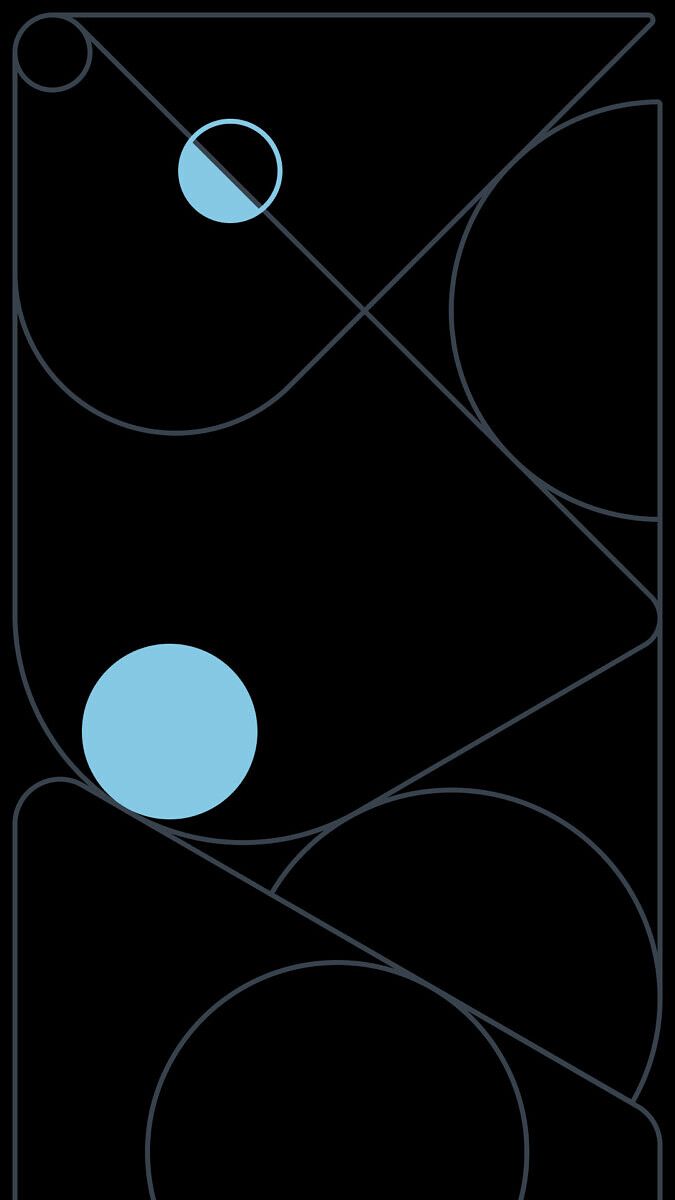Google reportedly has plans to phase out Google Duo, originally a FaceTime competitor, in favor of Google Meet, its video conferencing app that competes in the same space as Zoom.
According to 9to5Google, Google’s Javier Soltero, who leads the company’s G Suite of services, doesn’t feel that Google Duo and Google Meet should coexist. Instead, Soltero is reportedly spearheading an initiative known as Duet (Duo and Meet) that will see some of Duo’s features integrated into Meet, including end-to-end encryption, 3D effects, and contacting users for a video via phone number.
Eventually, Duo is said to be phased out after only being on the market for a few years (Duo launched in 2016.) Its rumored demise has reportedly come as a surprise to the Duo team themselves, according to 9to5Google.

A Google Meet call
Sources speaking to 9to5Google claim that interest in Google Duo has waned while usage of Google Meet has skyrocketed in the age of social distancing. The latter service has become a go-to option for educators, students, and professionals. Consolidating the services will allow Google to focus on one, feature-rich video service for both consumers and enterprise customers.
9to5Google reports that Google expects the transition to happen over the next couple of years, so it may be a while before Duo actually gets replaced by Meet. Until a complete merger happens, Google is said to continue to operate Duo as it improves Meet’s features. Google issued the following statement to the publication in response to a request for comment:
“We’re fully invested in Duo, which has seen astonishing growth during the pandemic. People around the world are relying on video calling more than ever, and we have no plans to interrupt that. We’ll continue to invest in building new Duo features and delivering a delightful experience for our users, customers and partners. We brought the Duo organization under Javier Soltero’s leadership in May, and it follows that we’re looking at ways that our video calling products can improve alongside one another.”
Recently, Meet has been integrated into Gmail and has received a number of features as Google looks to compete with Zoom. With a reported growth of 3 million users each day in April, it’s clear that Meet has a chance at becoming the market leader for video conferencing. Unfortunately, its popularity may come at the expense of Duo, which means we’ll soon add Duo to the heap of other canceled Google services, which these days is a long, long list.
Google Duo - High Quality Video Calls (Free, Google Play) →
Google Meet - Secure Video Meetings (Free, Google Play) →
The post Report: Google Meet is going to replace Google Duo appeared first on xda-developers.
from xda-developers https://ift.tt/3kL2wZE
via IFTTT





